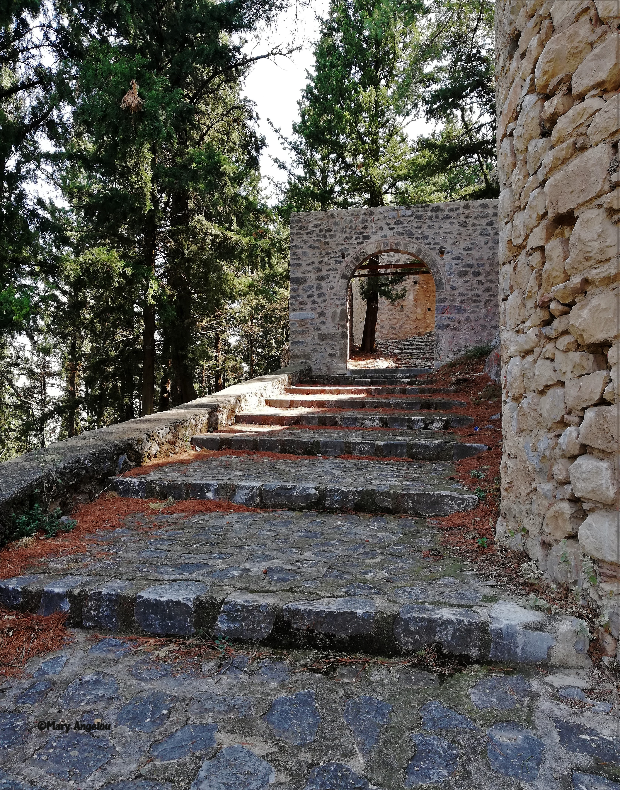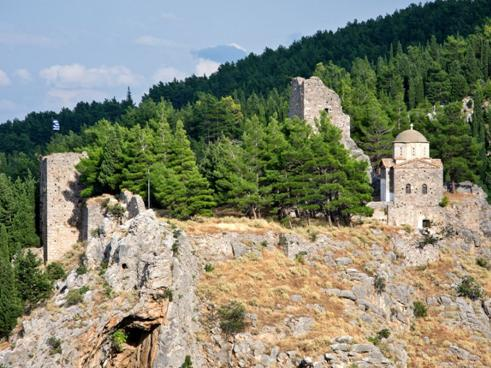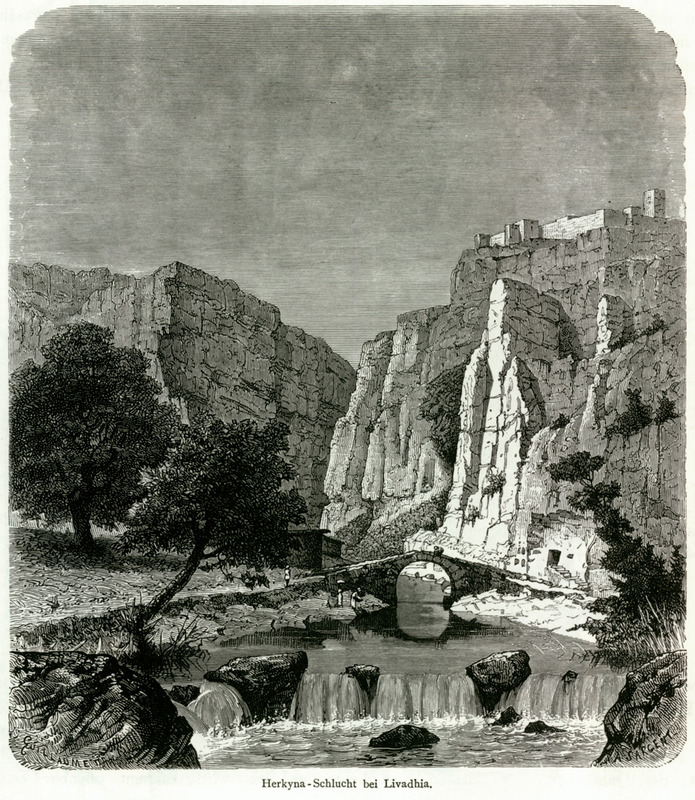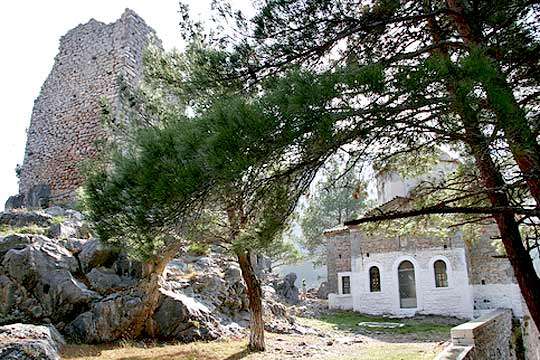
- Taki Lappa, Livadeia 32131, Greece
- 0.66 klm
- SW
- +30 2261350801 - 802 - 803
- info@livadia.gr
The Medieval Castle of the city dominates the Boeotian capital. In order to protect it from barbarian raids, the construction of the Castle began, probably during the Early Byzantine period in the 4th - 5th century on top of other older and smaller fortifications. Building material from the ancient buildings of the Sacred Grove was used for the construction and is visible in the lower layers of the foundations.
The activity of the city was limited to the safety of the fortification of the Castle after the destruction and desolation brought by the barbarian raids until the Middle Byzantine period of the 9th - 12th century. The castle was completed in the 12th century AD by the Catalans who conquered Levadeia from the Franks in 1311 and gave special privileges to the city. Its location in the gorge made it a natural fortress reinforced with triple walls.
The long fortification wall follows the morphology of the terrain and ends in a large tower to the east. It is made of well-cut rough stones, curved stones used only for the gates. Inside the precinct were found ruins of an ancient temple probably of Dios Vasileos (King). During the Turkish occupation, the castle passed into the hands of Mohammed II.
In 1821, the Castle of Levadeia was the third in Greece to raise the flag of revolution. During the Greek Revolution against Turks, the castle played an important role. Specifically, in the summer of 1821, during the advance of Omer Vryonis against the revolted Levadeia, the Greek revolutionaries sheltered in the castle to defend themselves. On June 26, 1821, the besieged Levadeians made their heroic exit from the castle. After the liberation of Greece from the Turkish, the castle was abandoned.
In the 1960s, important restorations was carried out to fix crumbling parts of the fortifications, rebuild completely destroyed parts and to enhance the site. The tower overlooking Kria was consolidated and a water source was discovered at its lowest level, which was used to supply the besieged. Within the castle there is the Byzantine churches of Agia Sophia and Agia Varvara.
Access to the castle is easy through the cobblestone paths.






